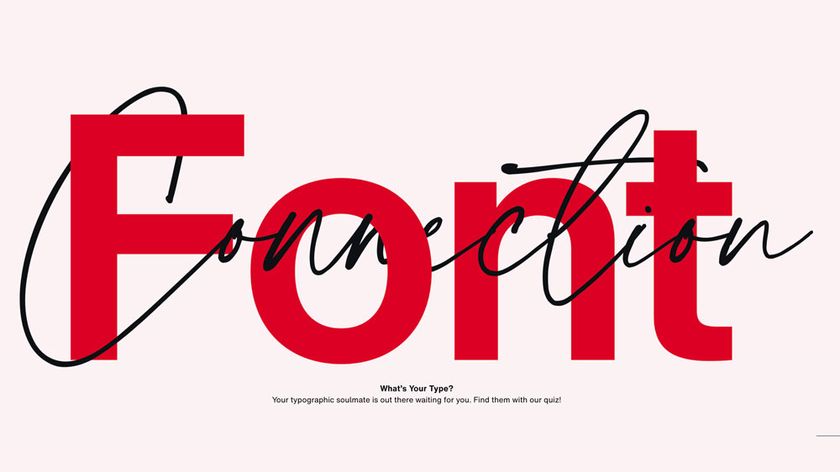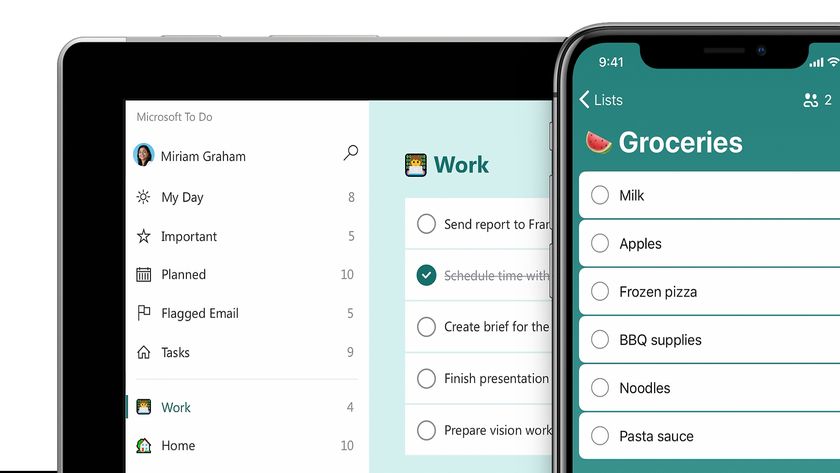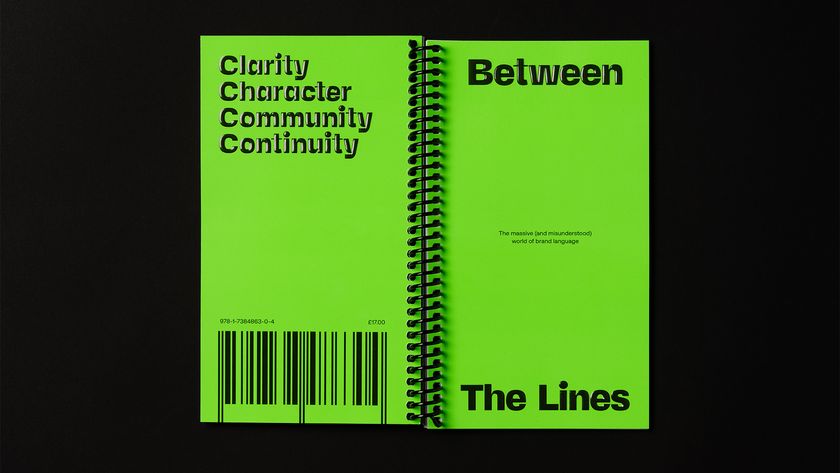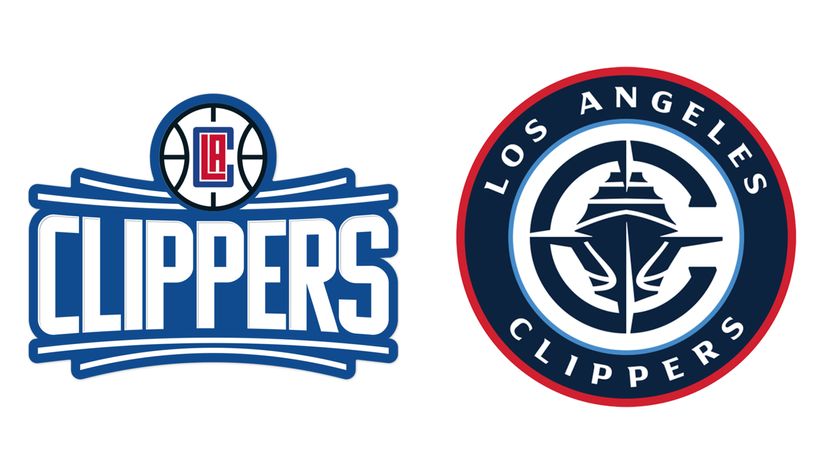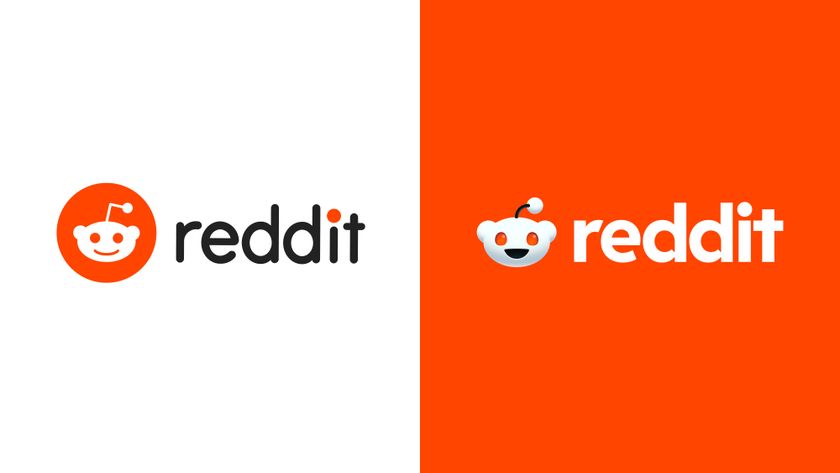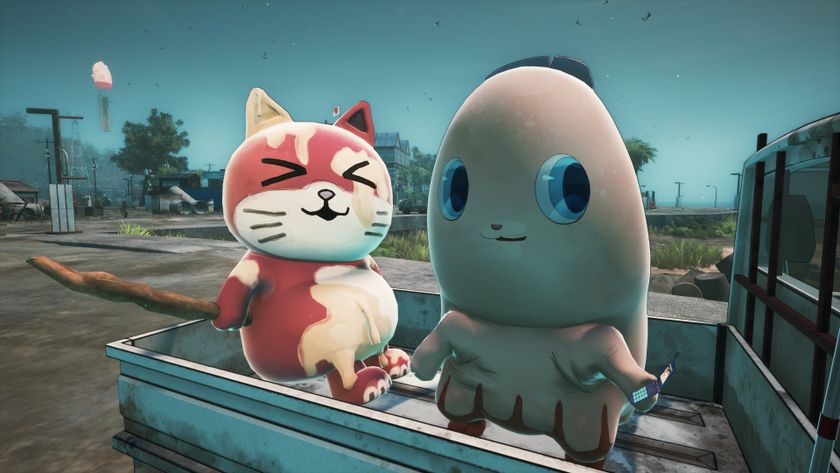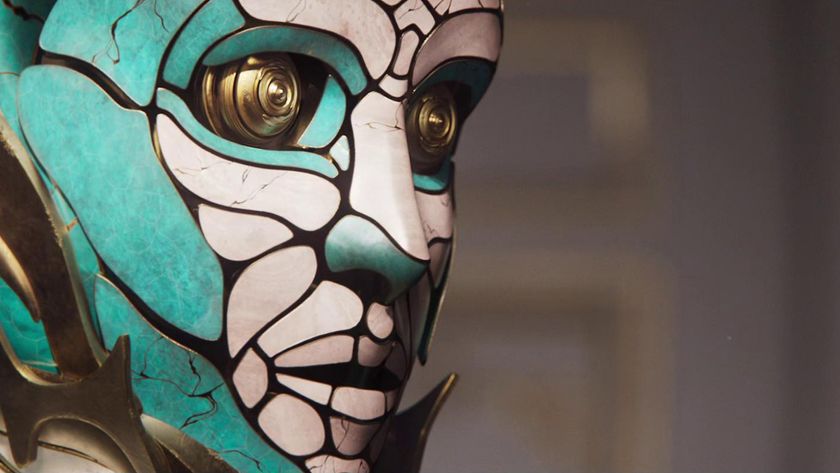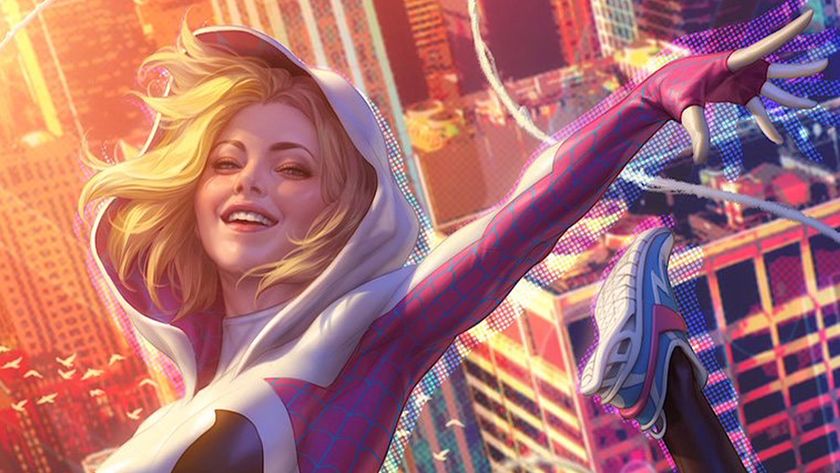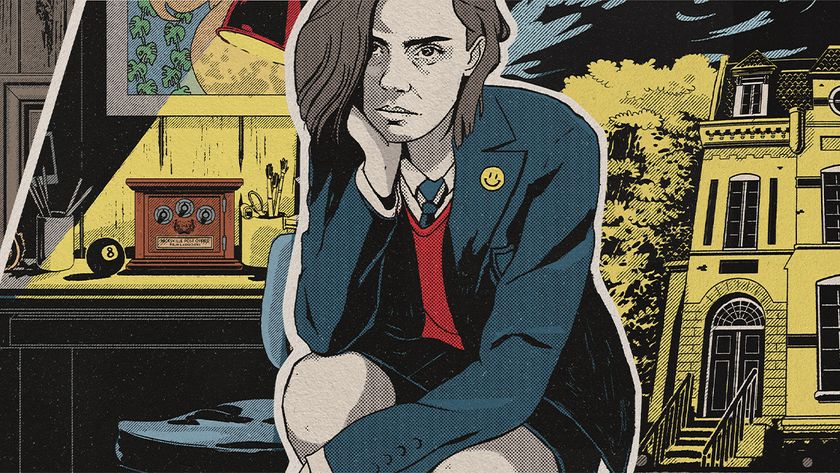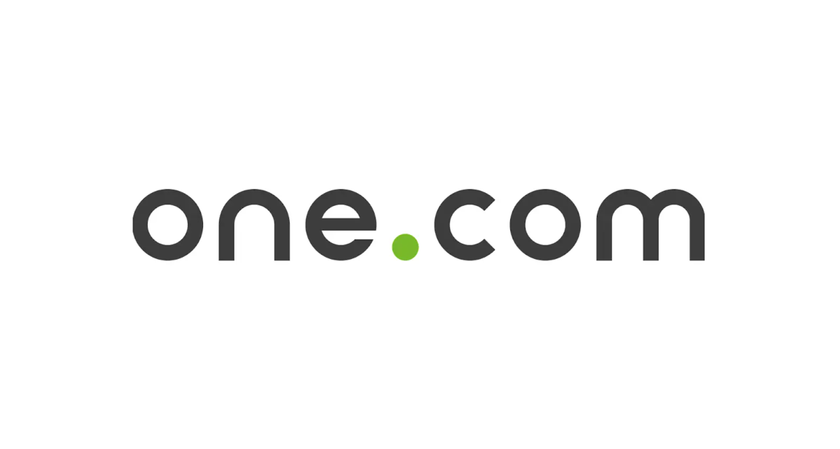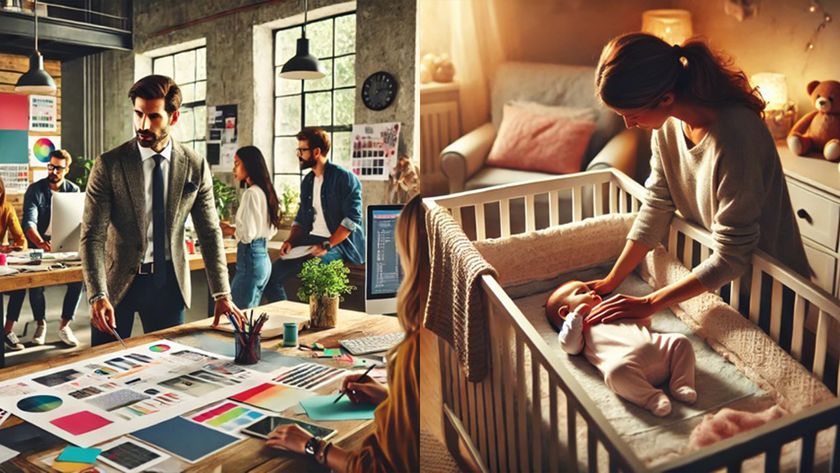What are the next big branding trends?
Video: Find out what's exciting in branding now.
Staying abreast of the latest design trends is essential if you want to produce work that catches people's attention, but when you're fully focused on the creative process it can be hard to keep tabs on how aesthetic tastes are evolving.
So to give you a bit of expert advice, we chatted to Brand Impact Awards judges Caroline Till and Stuart Youngs. Caroline is one half of FranklinTill Studio, which provides Computer Arts with a monthly update of the latest design trends, while Stuart is creative director of Texture – a pioneering studio blending human ingenuity with AI.
If you want to keep your work up-to-date, heed their words in the video above and the written Q&A interview below.
What are the biggest aesthetic movements in design and branding at the moment?

Caroline Till: At FranklinTill, we've been talking a lot about 'digital real' – designers making rendered images look as real, textural and three-dimensional as possible. Playing with perceptions of what is digital, and what is real.
So much communication is now screen-based, so we're interested in branding experiences that bring products to life digitally, and make them both dynamic and textural.
How can designers embrace emerging technologies in meaningful ways?
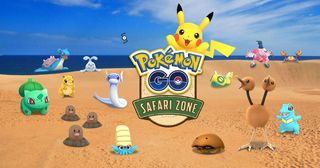
Stuart Youngs: Being open-minded is the first step. There's a nervousness about AI taking all our jobs, but I don't think it's about that. AI can fit into the branding process.
Take tone of voice. A machine can learn what that tone is, what kind of words they use, and create a filter for any writing for that brand to run through. It can then give recommendations for adjustments to make it more on-brand. It's a relationship of man and machine, rather than man versus machine.
Get the Creative Bloq Newsletter
Daily design news, reviews, how-tos and more, as picked by the editors.
CT: When it comes to an emerging technology, think of it as a tool. If the brief is: 'We want to use this type of technology', rather than it being applied in a meaningful way, there's a danger of it becoming a gimmick, and you risk losing your audience. The best examples add another dimension to the project, and are in tune with the experience that you're trying to create.
SY: I couldn't agree more. When you look at where VR has been most successful so far, it's in gaming. It really does enhance the experience. With augmented reality, the standout example is definitely Pokémon GO.
Where you've seen it used as a platform to really engage people, it's super. If it adds to the experience that you're trying to deliver, then use it. If it doesn't, find another way, frankly.
We've got a role as designers to try to create brands that are more engaging, have some substance, and add meaning to peoples' lives. At the moment, there's just too much vanilla.
This article originally appeared in Computer Arts issue 270. Buy it here.
Related articles:

Thank you for reading 5 articles this month* Join now for unlimited access
Enjoy your first month for just £1 / $1 / €1
*Read 5 free articles per month without a subscription

Join now for unlimited access
Try first month for just £1 / $1 / €1

Nick has worked with world-class agencies including Wolff Olins, Taxi Studio and Vault49 on brand storytelling, tone of voice and verbal strategy for global brands such as Virgin, TikTok, and Bite Back 2030. Nick launched the Brand Impact Awards in 2013 while editor of Computer Arts, and remains chair of judges. He's written for Creative Bloq on design and branding matters since the site's launch.
